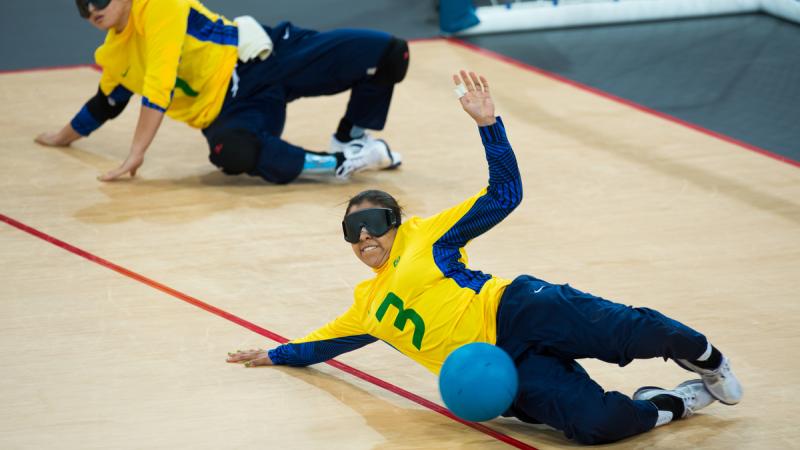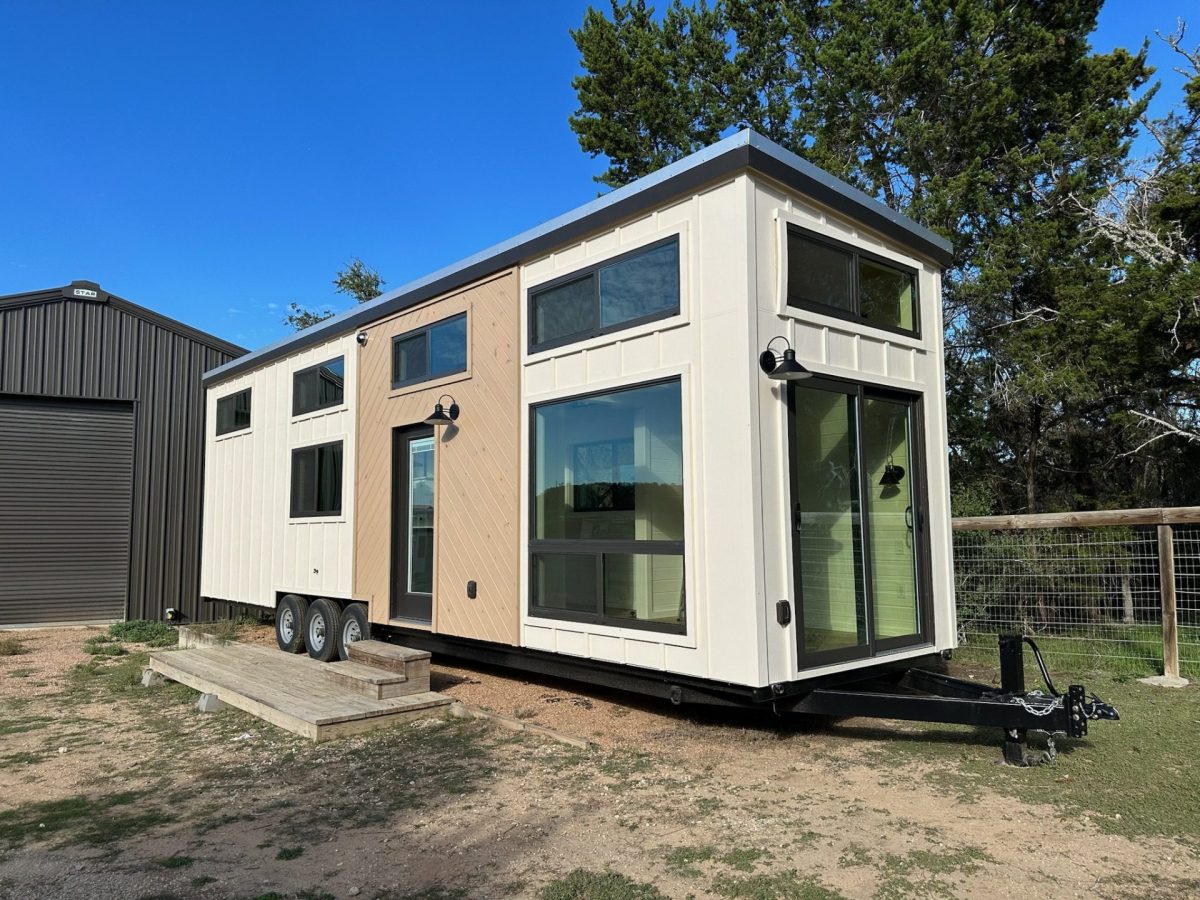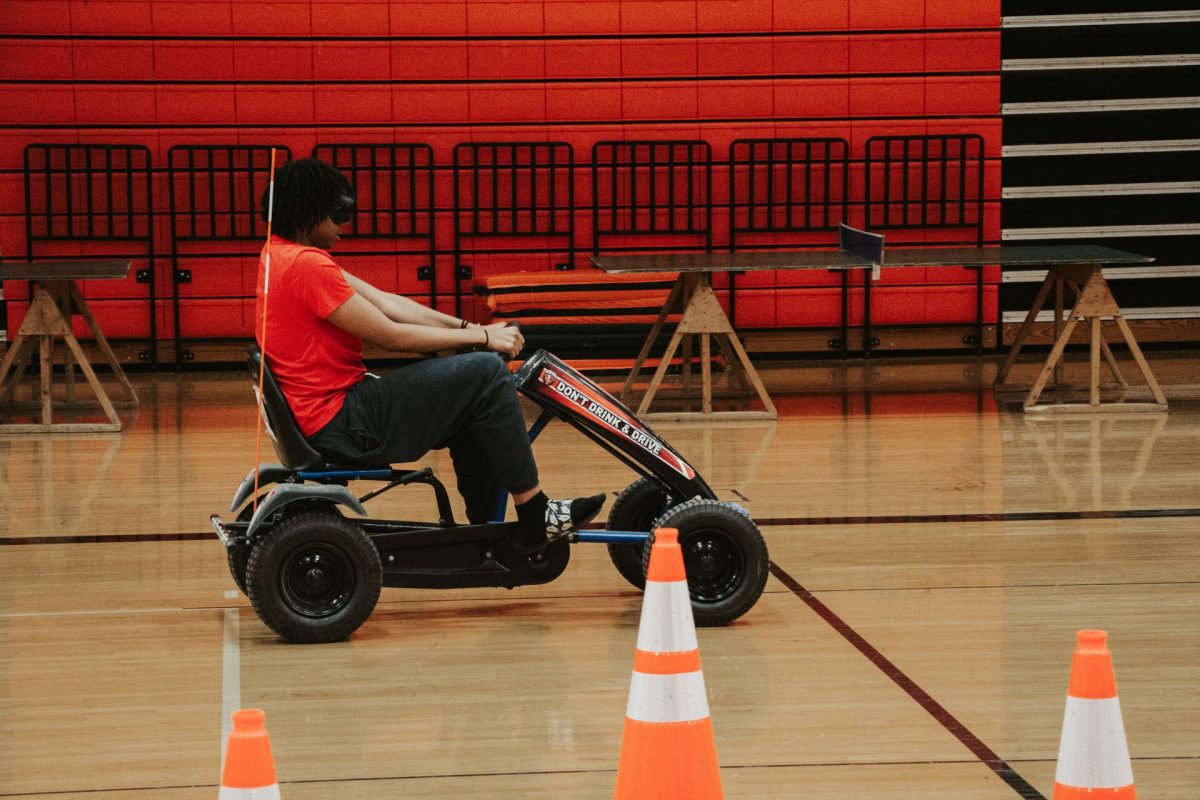On the surface, sports don’t seem like an activity people who are blind can participate in. They’re highly visual and usually fast-paced. However, the Paralympics and Special Olympics prove that people with disabilities can excel at sports. This article will focus on three sports specifically for people with visual impairments.
Blind Soccer
Blind soccer – or football to everyone outside the US – is basically regular soccer, but with a few changes. As with all three sports I’ll talk about in this article, everyone is blindfolded. That allows everyone to be on an even playing field no matter what level of vision they have. In blind soccer, the only sighted player is the goalie.
A game of blind soccer is played on a field a little bit smaller than a standard soccer field and has kick-boards on the perimeter to indicate the barriers. On the field, there are four players plus a goalie on each team, then up to four other players to sub out during the game.
In order for players to know where it is, the ball in blind soccer contains bells, little metal pieces, or some other system that makes a sound whenever it’s touched.
Another adaptation of blind soccer is that players must say “voy” – spanish for “I go/I’m going” – whenever they are within 10 feet or so of the ball. This alerts the player with the ball to the fact that someone is there who might try to steal.
A surprising change in blind soccer is the amount of physical contact allowed. In regular soccer, any shoving, grabbing, intentional tripping, etc. is a foul. In blind soccer, however, players are supposed to be aggressive with each other when trying to steal the ball. When they can’t see to move their feet around it, they need to use their whole body.
Blind soccer was originally played at schools for the blind and visually impaired. Spain is thought to be the first country to start it, in the 1920s. The first national championship was held in Brazil in 1974. The rules and standards varied by country until 1996 when it became governed by the International Blind Sports Federation.
Goalball
Goalball is similar to soccer in the fact that the object of the game is to get the ball into the opposing team’s net. There are always six players on the court at a time, three on each team. There are no goalies, and everyone plays defense and offense.
Goalball is played on a court that has tactile markers on the floor to indicate positions and zones. Players are positioned on the left, center, and right of their net, and they lay spread out across the floor when they are on defense.
The game starts out with one player on the starting team throwing/rolling the ball – also containing something that produces sound – across the court toward the opposing team’s net. Teams must use their whole bodies to try to block the ball. If someone is able to block the ball, they immediately pick it up, stand up, and roll it across the court again. If the ball goes in a team’s net, play resets with the team who got scored on.
A game of goalball is short – two 12-minute halves and a three-minute halftime. It also has a uniquely quiet atmosphere. While the ball is in play, it’s important for the players and the audience to be as silent as possible in order for the ball to be heard.
Goalball was originally invented in 1946 as a rehabilitation effort for visually impaired World War II veterans. In the 1950s and 60s, it developed into a competitive sport. At the 1972 Summer Paralympics, it was nominated as a Paralympic sport, and officially became one in 1976.
Beep Baseball
Beep baseball is a variation of regular baseball. While not currently a Paralympic sport, there are existing organizations for it, such as the National Beep Baseball Association.
Beep baseball and beep kickball are very similar to their regular counterparts, except that the balls and bases beep. The bases are tall, squishy tees that get activated by a bases operator as soon as the batter hits the ball. The batter doesn’t know which one will be turned on and has to identify it by the sound.
Unlike in regular baseball, the outfielders don’t try to hit the batter. The way the outfielders score is by picking up the ball. Players have to listen for the beeping and try to get to it before the batter gets to the base.
There are a few other differences between beep baseball and regular baseball. For example, A game of beep baseball consists of six innings but follows the same extra inning rules as the MLB. There also is no second base in beep baseball.
There isn’t too much history in beep baseball, especially since it isn’t an official Paralympic sport. The first World Series of the sport was in September 1975. The aforementioned National Beep Baseball Association was established a few months later, in January of 1976.








